PolymPart: Polymer demand in India remained seasonally slow ahead of the Diwali festivities and market players were uncertain of a significant pickup even in November, owing to a lacklustre economic environment.
Diwali, the Hindu festival of lights, falls on 6-7 November 2018 and celebrated across the country.
Demand for all products typically slows ahead of the festive season, leading to subdued activity from the start of the month.
Tight cashflows and losses incurred on imports undertaken in the previous months also hampered demand for October-lifting material.
A steep depreciation in the Indian rupee to the US dollar has significantly affected the import of most petrochemicals into the country, polymers included.
Polyethylene (PE) and polypropylene (PP) imports were hit one of the hardest, as polymer traders typically operate on narrow margins.
A lack of clarity of where the rupee would stabilize against the US dollar led buyers to hold back from purchases and monitor the trend in the currency.
“There is really no interest to import PE or even PP today. [The] rupee is very uncertain and all of us are taking a hit on imports bought earlier,” an Indian trader said.
“We imported when rupee was 68 or 69 to the US dollar, for credit 90 day purchases. Now when we have to pay the bank, we are paying at 73, 73.5 or even 74 to the [US] dollar. The margin in polymer trade is definitely not 8 or 9%,” the trader added.
Indian PE and PP processors also cutback purchases ahead of the festive season to allocate funds towards annual bonus payments to employees.
This prompted a pile-up in stocks at domestic producer facilities, leading sellers to announce special incentives and price discounts for lifting volumes beyond usual allocations.
Sentiment for imports was further hampered by this, as prices for domestic cargoes were lower than the workable levels for imported product, after accounting for the discounts.
The near-term outlook for PP prices across major global markets stayed largely firm owing to tighter supply from the Middle East following a few unplanned outages.
Improved Chinese Q4 demand stemming from a need to replenish stocks also supported a firmer PP outlook, market sources said.
India, however, appears to be on course to buck the global PP trend, since importers are uncertain of the near-term trend in domestic prices and hence look to delay purchases.
“I don’t know what is a workable price for imported PP today, and at what rupee-dollar rate I should do my transaction. At such times, it is better to stay quiet and watch the market,” an Indian importer said.
The outlook for PE imports was weaker than that for PP owing to surplus domestic availability, irrespective of how other Asian markets shape up in Q4, market sources said.
November offers for Middle Eastern product are set to emerge later this week, but the response to these is expected to be muted as market players prepare for the upcoming holidays.
On 19 October, ICIS assessed PP raffia/injection import prices in the country at $1,240-1,250/tonne CFR India, stable from the week before.
In the same period, HDPE film prices were assessed at $1,210-1,240/tonne CFR India, also unchanged from the week before, tracking subdued trade.
Source: ICIS
